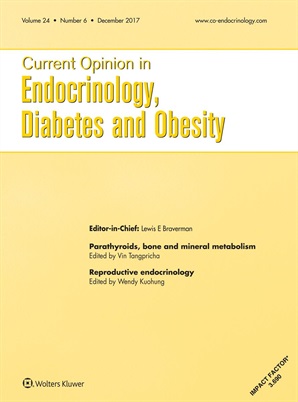
PURPOSE OF REVIEW: Here we summarize the diagnosis of osteogenesis imperfecta, discuss newly discovered genes involved in osteogenesis imperfecta, and review the management of this disease in children and adults.
RECENT FINDINGS: Mutations in the two genes coding for collagen type I, COL1A1 and COL1A2, are the most common cause of osteogenesis imperfecta. In the past 10 years, defects in at least 17 other genes have been identified as responsible for osteogenesis imperfecta phenotypes, with either dominant or recessive transmission. Intravenous bisphosphonate infusions are the most widely used medical treatment. This has a marked effect on vertebra in growing children and can lead to vertebral reshaping after compression fractures. However, bisphosphonates are less effective for preventing long-bone fractures. At the moment, new therapies are under investigation.
SUMMARY: Despite advances in the diagnosis and treatment of osteogenesis imperfecta, more research is needed. Bisphosphonate treatment decreases long-bone fracture rates, but such fractures are still frequent. New antiresorptive and anabolic agents are being investigated but efficacy and safety of these drugs, especially in children, need to be better established before they can be used in clinical practice.


